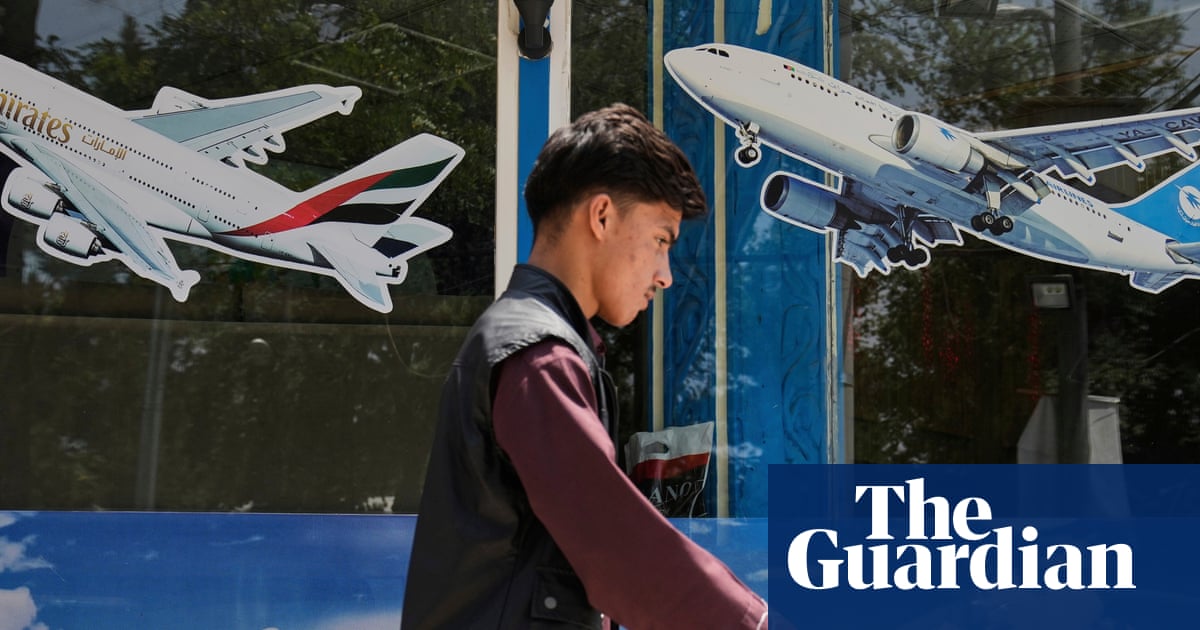Donald Trump’s first travel ban in 2017 had an immediate, explosive impact – spawning chaos at airports nationwide.
This time around, thepanic and chaoswas already widespread by the time the president signed his proclamation Wednesday to fully or partially restrict foreign nationals from 19 countries from entering the United States.
Since being sworn in for his second term, Trump has unleashed a barrage of draconian immigration restrictions. Within hours of taking office, the president suspended the asylum system at the southern border as part of hiswide-ranging immigration crackdown. His administration has ended temporary legal residency for 211,000 Haitians, 117,000 Venezuelans and 110,000 Cubans, and moved to revoke temporary protected status for several groups of immigrants. It has moved to restrict student visas and root out scholars who have come to the US legally.
“It’s death by 1,000 cuts,” said Faisal Al-Juburi of the Texas-based legal non-profit Raices, which was among several immigrants’ rights groups that challenged Trump’s first travel ban. “And that’s kind of the point. It’s creating layers and layers of restrictions.”
Trump’s first travel ban in January 2017, issued days after he took office, targeted the predominantly Muslim countries of Iraq, Syria, Iran, Sudan, Libya, Somalia and Yemen. The order came as a shock – including to many administration officials. Customs and Border Protection officials were initially given little guidance on how to enact the ban. Lawyers and protesters rushed to international airports where travellers were stuck in limbo. Confusion spread through colleges and tech companies in the US, and refugee camps across the world.
This time, Trump’s travel ban came as no surprise. He had cued up the proclamation in anexecutive ordersigned on 20 January, his first day back in the White House, instructing his administration to submit a list of candidates for a ban by 21 March. Though he finally signed a proclamation enacting the ban on Wednesday, it will not take effect until 9 June – allowing border patrol officers and travellers a few days to prepare.
The ban includes several exemptions, including for people with visas who are already in the United States, green-card holders, dual citizens and athletes or coaches traveling to the US for major sporting events such as the World Cup or the Olympics. It also exempts Afghans eligible for thespecial immigrant visa programfor those who helped the US during the war in Afghanistan.
But the policy, which is likely to face legal challenges, will undoubtedly once again separate families and disproportionately affect people seeking refuge from humanitarian crises.
“This is horrible, to be clear … and it’s still something that reeks of arbitrary racism and xenophobia,” Al-Juburi said. “But this does not yield the type of chaos that January 2017 yielded, because immigration overall has been upended to such a degree that the practice of immigration laws is in a state of chaos.”
In his second term, Trump has taken unprecedented steps to tear down legal immigration. He has eliminated the legal status of thousands of international students and instructed US embassies worldwide to stop scheduling visa interviews as it prepares to ramp up social media vetting for international scholars.
The administration has arrested people at immigration check-ins, exiled asylum seekers to a notorious mega-prison in El Salvador, and detained scholars and travellers at airports without reason. Although Trump’s travel ban excludes green-card holders, his Department of Homeland Security has made clear that it can and will revoke green cards as it sees fit – including in the cases of student activists Mahmoud Khalil and Mohsen Mahdawi.
Sign up toFirst Thing
Our US morning briefing breaks down the key stories of the day, telling you what’s happening and why it matters
after newsletter promotion
“The first Muslim ban was very targeted, it was brutal, it was immediate, and it was massive,” said Nihad Awad, the executive director at the Council on American–Islamic Relations. “Now, the administration is not only targeting nations with certain religious affiliations, but also people of color overall, people who criticise the US government for its funding of the genocide in Gaza.”
And this new travel ban comes as many families are still reeling and recovering from Trump’s first ban. “We’re looking at, essentially, a ban being in place potentially for eight out of 12 years,” said Ryan Costello, policy director at the National Iranian American Council. “And even in that period where the Biden administration lifted the ban, it was still very hard for Iranians to get a visa.”
Iranian Americans who came to the US fleeing political persecution back home, who couldn’t return to Iran, have in some cases been unable to see their parents, siblings or other loved ones for years. “You want your parents to be able to come for the birth of a child, or to come to your wedding,” Costello said. “So this is a really hard moment for so many families. And I think unfortunately, there’s much more staying power for this ban.”
Experts say the new ban is more likely to stand up to legal challenges as his first ban. It also doesn’t appear to have registered the same intense shock and outrage, culturally.
“The first time, we saw this immediate backlash, protests at airports,” said Costello. “Now, over time, Trump has normalized this.”
